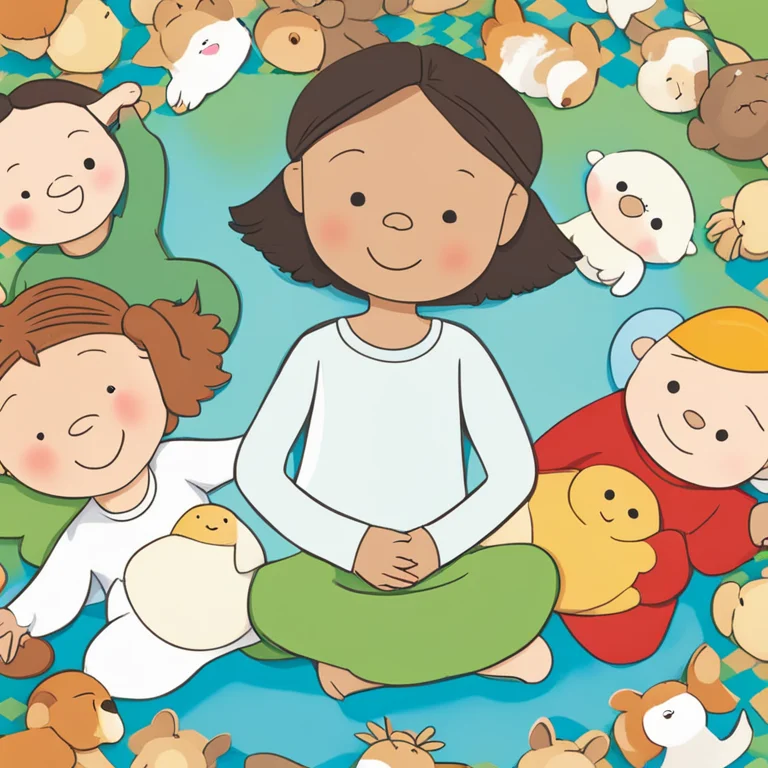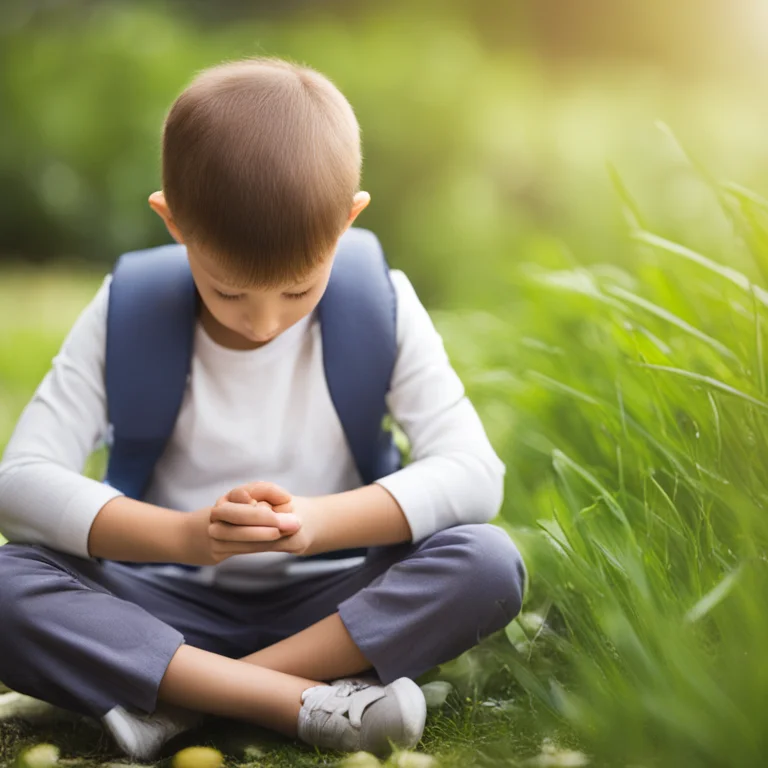
Mindfulness Meditation Basics for First Graders
Introducing foundational mindfulness meditation practices to instill calm and focus in first-grade students.
article by Hina Kurosawa
Starting Young with Mindfulness
In an age where technology and fast-paced lifestyles overwhelm even the youngest minds, teaching mindfulness to children is becoming increasingly important. For first graders, mindfulness meditation offers a way to cultivate a sense of inner peace, enhance concentration, and manage emotions from an early stage. This foundation can foster resilience, empathy, and more profound learning experiences as they grow. The practices tailored for this age group are simple, engaging, and short, making them well-suited for young attention spans.

Defining Mindfulness for Children
To introduce mindfulness to first graders, it is essential to define it in terms they can understand. Mindfulness, at its core, is about noticing what's happening right now. It's the act of being aware of our thoughts, feelings, and the world around us, without immediate judgment. For little ones, it could mean paying attention to the taste of their food, listening to the sounds of the classroom, or feeling the sensation of their breath as they inhale and exhale.

Simple Meditation Techniques
One effective method for this age group is 'Breathing Buddies' meditation. Children lie on their backs, placing a small stuffed animal on their stomachs and watching it rise and fall with their breaths. This visual technique helps them grasp the concept of deep belly breathing. Another technique is the 'Senses Countdown,' which guides them to identify five things they can see, four they can touch, three they can hear, two they can smell, and one they can taste, bringing them into the present moment.

Integrating Mindfulness into Daily Routines
Mindfulness can be integrated into the first-grade curriculum through daily or weekly sessions. These sessions need not be long; even a few minutes every day can be beneficial. Teachers can begin a class with a short breathing exercise, use a mindfulness bell to refocus the classroom, or end the day with a moment of gratitude. Consistent practice will help children develop the habit of being mindful throughout their day.

The Role of Mindfulness in Education
Educational studies conducted recently point to the positive impact of mindfulness practices on children's brains. Kids who participate in mindfulness activities exhibit improved attention, better conflict resolution skills, and a greater sense of calmness. In the context of education, mindfulness has also been linked to enhanced academic performance, as it helps children focus and absorb information more effectively.
Mindfulness Outside the Classroom
Mindfulness doesn't need to be limited to the classroom. Encouraging parents to continue the practice at home can extend the benefits beyond school hours. Simple activities like mindful eating, nature walks, and mindful listening can be incorporated into family routines. Parents can also model mindfulness by being present with their children, actively listening, and engaging with them without distractions.
Published: 1/9/2024
Modified: 1/9/2024
More predictions
Come back here soon to learn more about yourself and your future


The Brain's Transformation Through Meditation
Delve into the profound effects of meditation on brain structure and function, and how it influences cognitive abilities and emotional well-being.


Mindful Meditation: A Journey to Weight Loss
Discover how mindful meditation can be an effective tool for weight loss, helping you to create a harmonious mind-body connection for better health.


Mind Boost: Can Meditation Enhance Intelligence?
This article delves into whether meditation practices can contribute to increased intelligence, combining scientific insights and practical advice for mental enhancement.